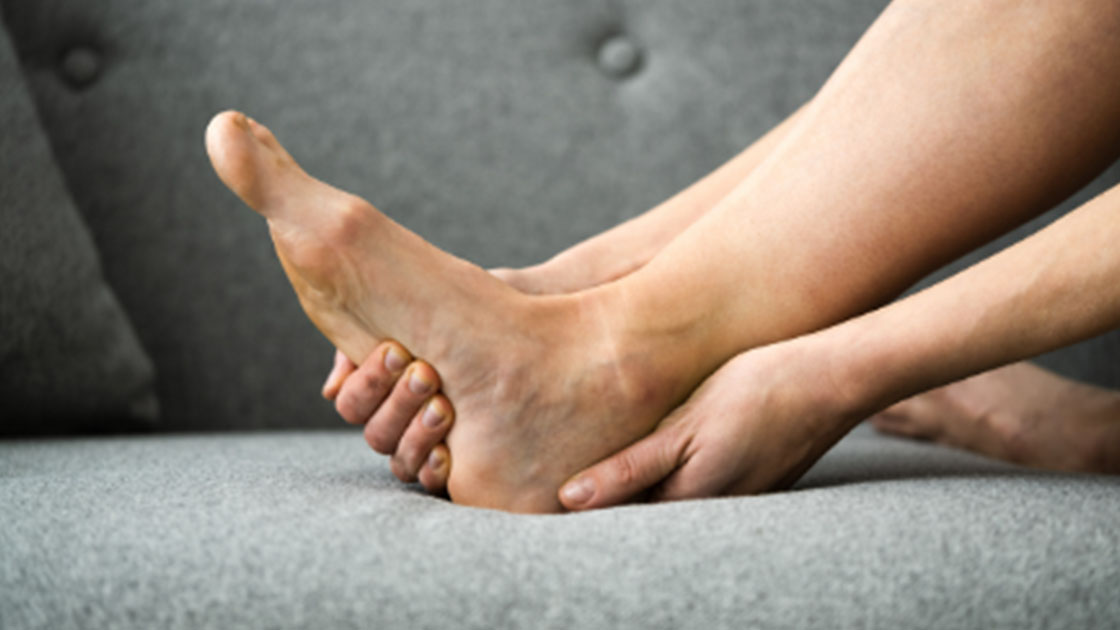Page Contents
Achilles tendonitis, a painful condition characterized by inflammation of the Achilles tendon, can be a debilitating injury for athletes and individuals alike. Conventionally managed with rest, ice, compression, and elevation (RICE), as well as physical therapy, it often leads to prolonged recovery periods. However, the emergence of laser therapy, a non-invasive and cutting-edge treatment, is transforming the way we approach Achilles tendonitis, offering hope to those seeking faster and more effective relief.
Understanding Achilles Tendonitis
The Achilles tendon, the strongest tendon in the human body, connects the calf muscles to the heel bone. Repetitive strain, overuse, or sudden increases in physical activity can lead to Achilles tendonitis, resulting in pain, swelling, and impaired mobility. Traditional treatments can be effective, but they may not address the condition’s root causes or provide adequate relief for all patients.
The Promise of Laser Therapy
Laser therapy, also known as low-level laser therapy (LLLT) or photobiomodulation, has gained recognition as an innovative approach to treating Achilles tendonitis. During laser therapy sessions, a specialized device delivers low-level laser light directly to the affected area, such as the Achilles tendon. This light penetrates the skin and tissue, stimulating cellular repair and reducing inflammation, among other therapeutic effects.
Key Benefits of Laser Therapy for Achilles Tendonitis
1. Pain Reduction: Laser therapy offers significant pain relief by stimulating the release of endorphins, the body’s natural painkillers. It also reduces nerve sensitivity in the affected area, alleviating discomfort and allowing patients to regain their mobility and quality of life.
2. Anti-Inflammatory Effects: Inflammation is a primary driver of Achilles tendonitis. Laser therapy combats this inflammation at a cellular level, decreasing swelling and creating an optimal environment for tendon healing.
3. Enhanced Cellular Healing: Laser therapy enhances cellular function by increasing the production of ATP, which provides energy to cells. This boost in energy accelerates the repair and regeneration of damaged Achilles tendon tissue.
4. Non-Invasive and Painless: Unlike surgical interventions, laser therapy is non-invasive and painless. Patients typically feel only a gentle warming sensation during treatment, with no associated discomfort or downtime.
5. Minimal Side Effects: Laser therapy is generally well-tolerated and has minimal side effects. Patients can undergo treatment without worrying about common surgical risks or complications.
6. Accelerated Recovery: Patients often experience quicker recovery times when laser therapy is incorporated into their treatment plans. This allows them to return to their regular activities, including sports and daily routines, with reduced downtime.
Conclusion
As we continue to explore advanced treatments for Achilles tendonitis, laser therapy emerges as a revolutionary and promising option. By harnessing the power of light, this non-invasive procedure offers a multifaceted approach to healing. Laser therapy not only addresses pain and inflammation but also accelerates the body’s natural healing processes. While traditional methods remain effective for many, laser therapy represents a breakthrough for those seeking faster, more efficient relief from Achilles tendonitis. As research in this field progresses, laser therapy is poised to play an increasingly prominent role in the management of this common condition, offering renewed hope and improved outcomes for patients battling Achilles tendonitis.
